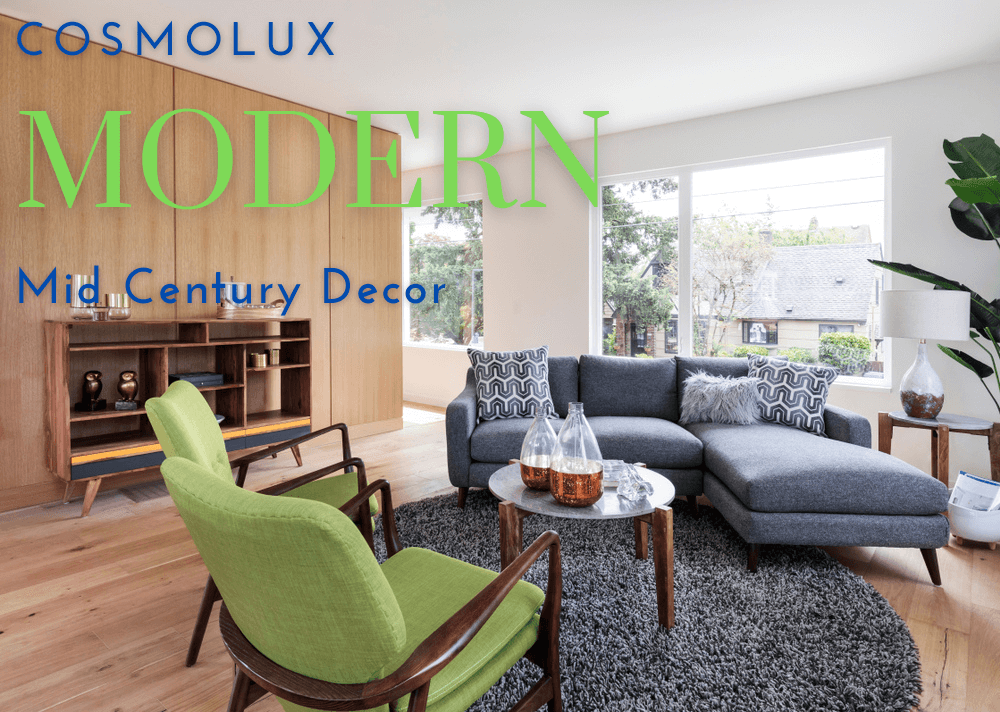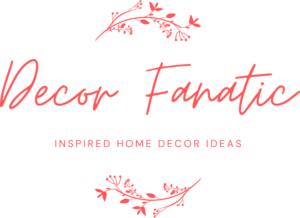Players of the game The Sims may find consternation at the fact that the game simply invented a name for some of the decorating styles it uses. If you fell in love with the look of the CosmoLux décor in the game and want it for your own home, you might have screamed a bit when searching for a décor guide on that theme since none exists.
How did this happen? Why did The Sims do that to you? We can’t answer the latter, but we’ll happily share with you the real name of that gorgeous, somewhat opulent design scheme. The fictional CosmoLux refers to Mid-Century Modern design.
In This Article
What is CosmoLux aka Mid-Century Modern?
Make good friends with your grandparents if you’re under the age of 35. Generation Z might not recognize the phase, but Gen X grew up with it. Baby Boomers decorated with it.
The furnishings of the late 1950s to the 1970s comprise Mid-Century Modern as depicted as CosmoLux in the game from EA Games. The real Mid-Century Modern hearkens back to the 1940s and ends in 1969. It quite literally refers to the furnishings and interior design that became popular during the middle years of the 20th century.
Finding Mid-Century Modern Pieces
You’ll be happy to know that as esoteric as a CosmoLux coffee table seems in real life, searching for a Mid-Century Modern coffee table offers your thousands of options. Rather than searching the web for pieces to buy though, you might call an older family member. That’s because, during the time of popularity of this décor, most young adults had been born during the time of the Great Depression. Parents did not throw anything away.
Instead, taught the original version of “reduce, reuse, recycle,” they recovered couches and chairs to make them last longer. A scratched coffee table got buffed and refinished. Ask your parents to show you photos from their childhood and you can likely find photos of this décor style in firsthand use. Then, ask if they or your grandparent still have the piece in the attic or basement, or storage shed.
What Makes a Piece Mid-Century Modern
First, let’s address another important fact; mid-century modern also refers to an architectural style of the same period. The style doesn’t share traits with other styles, making it easy to recognize when you see it.
Its characteristics include inherent functionality with organic materials, including wood, metal, and leather, and geometric shapes. Any mid-century modern piece uses materials in an unexpected way. The style attempted to envision the future and larger pieces, such as tables and consoles frequently used metals, such as chrome, to create a sleek look.
Chairs
Chairs of this period typically used flared backs complemented with tapered legs. A simple pop of color kept the statement simple and streamlined. Chairs often used a solid color in the 1960s.
Lamps
Lamps used dome shapes and other unique shapes. The still popular chrome student lamp came out of this period. Those minimalistic lines created an opposite to the opulent styles of the 1920s and 1930s.
Tables
Console tables, stereo systems, and TV stands featured geometric designs that put function first. The Jetsons cartoon uses this minimalistic design scheme for the Jetson home.
The homes built from the 1940s through the 1960s used little space. This required a design method that prioritized function and multi-use. For this reason, many designs of this period feature Murphy beds and ironing boards that fold out of the wall for use, then back into the wall for a flush wall.
Today’s tiny house movement hearkens back to the small homes of this time, which ranged between about 400 to 1,000 square feet. Building tract housing made efficient use of small acreages to create subdivisions to house many. Decorating these small homes required furniture that could work in more than one job.
Stereos came in large console tables that also functioned as coffee tables and magazine stands. This design afforded three uses from one furnishing and that multi-use need extended to kitchen tables and dining room sets. Most of these designs used a pullout method to let the owner enlarge the table with fold-up wings that locked in place to enlarge the table only at mealtime or an insert that the owner slid into the space created by pulling the two main pieces of the table apart.
Who Designed Mid-Century Modern Furniture?
Despite shopping the family attic and basement first, you might want to buy a few vintage pieces. What names should you look for to find good-quality pieces?
Search for furnishings crafted by designers Arne Jacobsen, Harry Bertoia, George Nelson, and Charles and Ray Eames. The understated designs of these craftsmen fetch hefty prices but by shopping in small antique stores and second-hand shops, you can find bargains.
Prepare yourself for a little cleanup on most of these pieces. Unless you pay full price for a pristine piece from an auction house or an antique store, you’ll need to refurbish most furnishings or have a professional do it for you.
If you want to avoid the work and the expense, purchase retro pieces instead of actual vintage. Many of today’s designers churn out copycat pieces that hearken back to this era. The current tiny house trend has kept alive this minimalist and functional design style that offers sleek and modern looks with comfortable function in every furnishing.
Frequently Asked Questions
Additional Sources & Resources
• Bertrand, P., & Rollet, L. (2018). The Aestheticization of the Everyday: The Mid-Century Design Revolution. Bloomsbury Academic.
• Ulam, S., & Scalamandre, W. (2012). Midcentury Modern: Interiors, Furniture and Design from 1940 to 1970. Rizzoli International Publications.
• Moss, J., & Herdeg, K. (2018). Mid-Century Modern Graphic Design (Third Edition). Thames & Hudson Ltd.
• Schueller, H. (2016). Mid-Century Modernism: The Rise and Fall of the Movement That Changed the World. Schiffer Publishing.
• Wells, C. (2009). From Bauhaus to Our House. WW Norton & Company.

